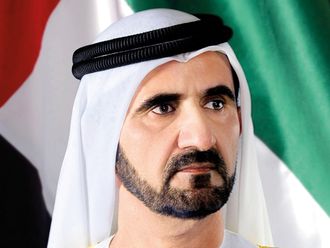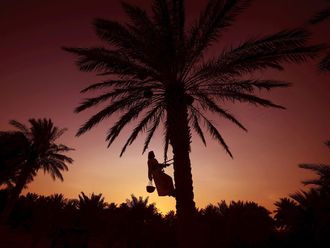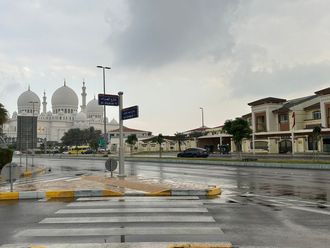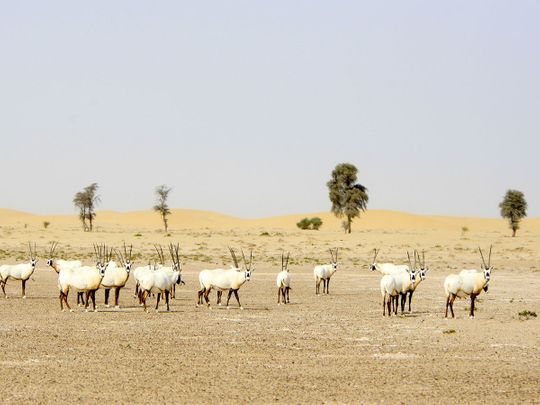
Abu Dhabi: A council meeting of the world’s oldest and largest environmental network in Abu Dhabi is exploring opportunities to incorporate nature and biodiversity conservation into the United Nations Climate Change Conference (COP28) process.
The International Union for Conservation of Nature (IUCN) Council meeting is being held under the leadership of Razan Al Mubarak, IUCN President and COP28 Presidency High-Level Champion.
Bringing together nearly 100 Council members, staff, and expert volunteer conservationists from around the world, the meeting explores the latest developments in nature conservation ahead of COP28, which is scheduled to take place in Expo City Dubai from November 30 this year.
“I am honored to welcome conservation leaders from around the world to Abu Dhabi. With the UAE as host to COP28 , this is the perfect opportunity to explore the convergence of agendas between biodiversity and climate change. I am so proud that Abu Dhabi has prioritised nature and species conservation internationally, both through its sponsorships of events like this, and by leading important national and global initiatives to conserve oryx species, the houbara, and a myriad of threatened species,” Al Mubarak said.
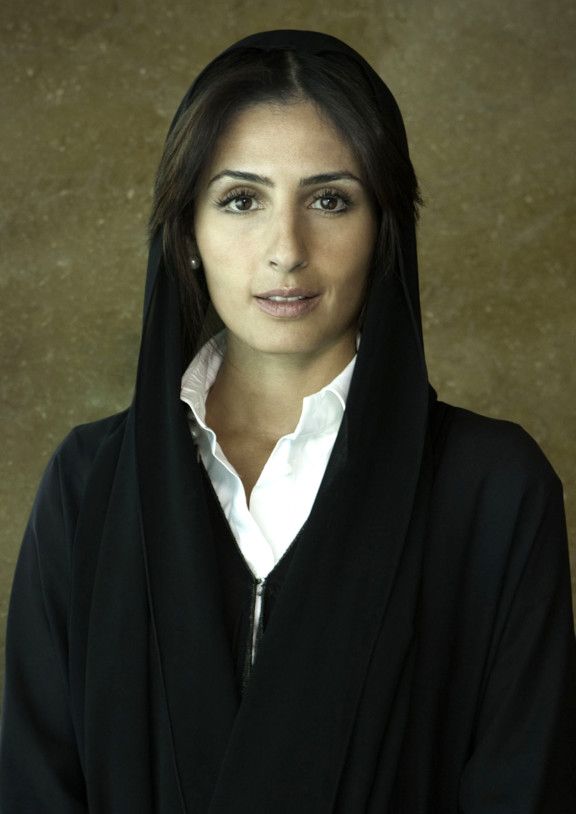
UAE efforts
She added that the Council Meeting, which is financially supported by the Abu Dhabi Government, will also provide an opportunity to showcase the UAE’s leadership and innovation in nature conservation, particularly that of UAE-based IUCN members like the UAE Ministry of Climate Change and Environment, the Environment Agency – Abu Dhabi (EAD), Dubai Desert Conservation Reserve, Al Ain Zoo, International Fund for Houbara Conservation, Mohamed bin Zayed Species Conservation Fund, Emirates Nature – WWF, and the Emirates Environmental Group.
The IUCN unites more than 1,400 member states, government agencies, and non-governmental organisations in a partnership that seeks to influence, encourage, and assist societies towards conserving the integrity and diversity of nature. The network has six commissions that focus on specific aspects, and its Species Survival Commission (SSC) is responsible for producing the IUCN Red List of Endangered Species, the most comprehensive source on the global extinction risk status of animal, fungus and plant species.
Threats to species
The Red List classifies species into seven rankings, ranging from Least Concern to Extinct. Between these two extremes, the threat levels increases from Near Threatened to Vulnerable to Endangered to Critically Endangered to Extinct in the Wild. The year 1750 is usually taken as a historical baseline when determining how much numbers have changed for each species.
Species conservation
Members of the SSC in attendance at the Council meeting in Abu Dhabi commended Abu Dhabi’s species conservation efforts. Jean Paul Rodriguez, SSC chair, said it was great to see efforts that have revived species like the Arabian oryx and scimitar-horned oryx.
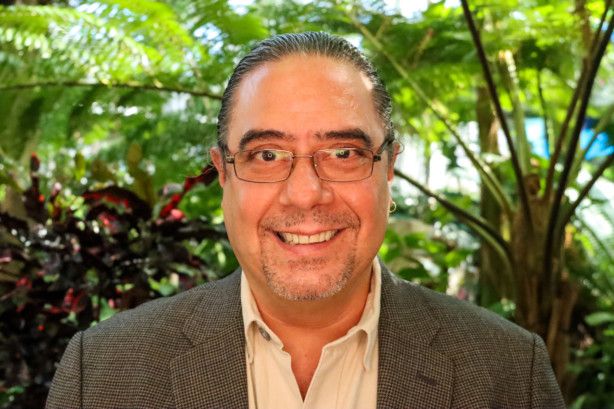
“The oryx was a species that was Extinct in the Wild and [it has now moved up to] Vulnerable status. This involved very interesting international collaborations, including from authorities in the region. [What this shows] is that if you give species a chance – by creating the space or habitat and removing the threats – they will recover,” Rodriguez said.
The UAE’s founding father, the late Sheikh Zayed bin Sultan Al Nahyan, personally helped find a valuable breeding herd of oryx in Abu Dhabi to furnish stock for reintroductions. They were then reintroduced in the UAE, at the Dubai Desert Conservation Research and across Abu Dhabi’s protected areas, and then closely monitored. Sheikh Zayed also created a captive breeding programme for scimitar-horned oryxes in Abu Dhabi’s Sir Bani Yas island. Since 2014, after numbers had increased significantly, the animals have been reintroduced by the UAE into the wild at reserves in Chad.
Rodriguez stressed that species conservation works, but must involve collaborative efforts and national policies and actions. According to the conservationist, the species most at risk across the world at present include sharks and rays, cycad plants, Asian songbirds, amphibians, and corals.
Under greatest threat
“Sharks and rays are under tremendous pressure at the moment, especially because of commercial activities like finning, and we certainly don’t think about marine species as much as we should when it comes to developing threat lists. Asian songbirds, which are sought after as pets and for their singing, have also declined hugely, and amphibian numbers around the world have fallen due to an infectious disease called chytridiomycosis. Coral reefs are also very much on the decline due to the effects of climate change,” the expert explained.
Focus on marine species
“The great thing about the UAE is that the level of species monitoring, and the capacity to implement controls, is very high. Dugong, turtle, dolphin and fish numbers are increasing, and the country has taken leadership in these areas. In contrast to other parts of the world, the focus on marine ecosystems here is high, and valued greatly,” Rodriguez added.
Notably, the UAE runs a number of sea turtle rehabilitation efforts, and enacts seasonal bans on shark and ray fishing and trading in order to preserve numbers in UAE waters. Dugongs are also protected species, and authorities have banned drift net fishing to minimise dugong mortalities in these nets.
Conservation as climate control
The IUCN Council meets twice a year, and with COP28 around the corner, experts are looking to firmly embed conservation as a means of global climate action. This involves the conservation of oceans, soil and forests, which acts as the world’s largest carbon sinks.
Species under threat
According to the International Union for Conservation of Nature’s Species Survival Commission, these animal and plant groups are most under threat at the moment:
-sharks and rays
-cycad plants
-Asian songbirds
-amphibians
-corals


